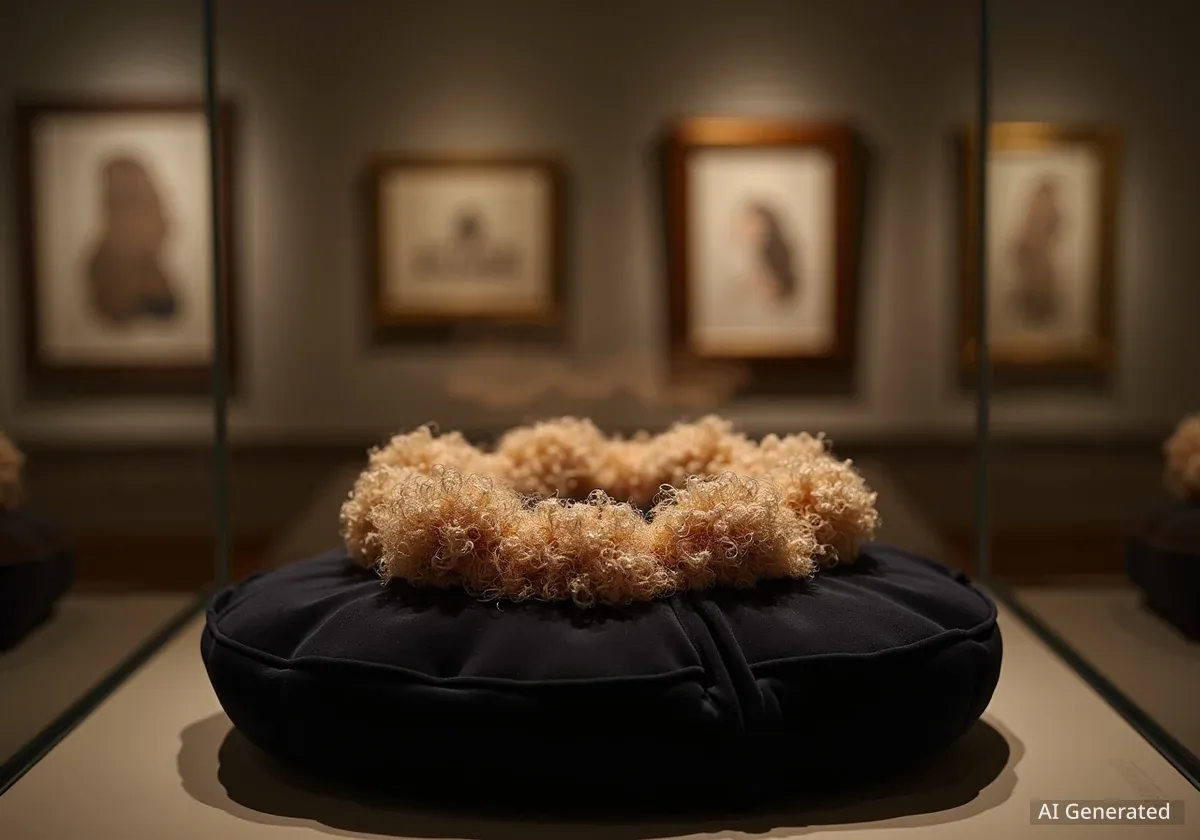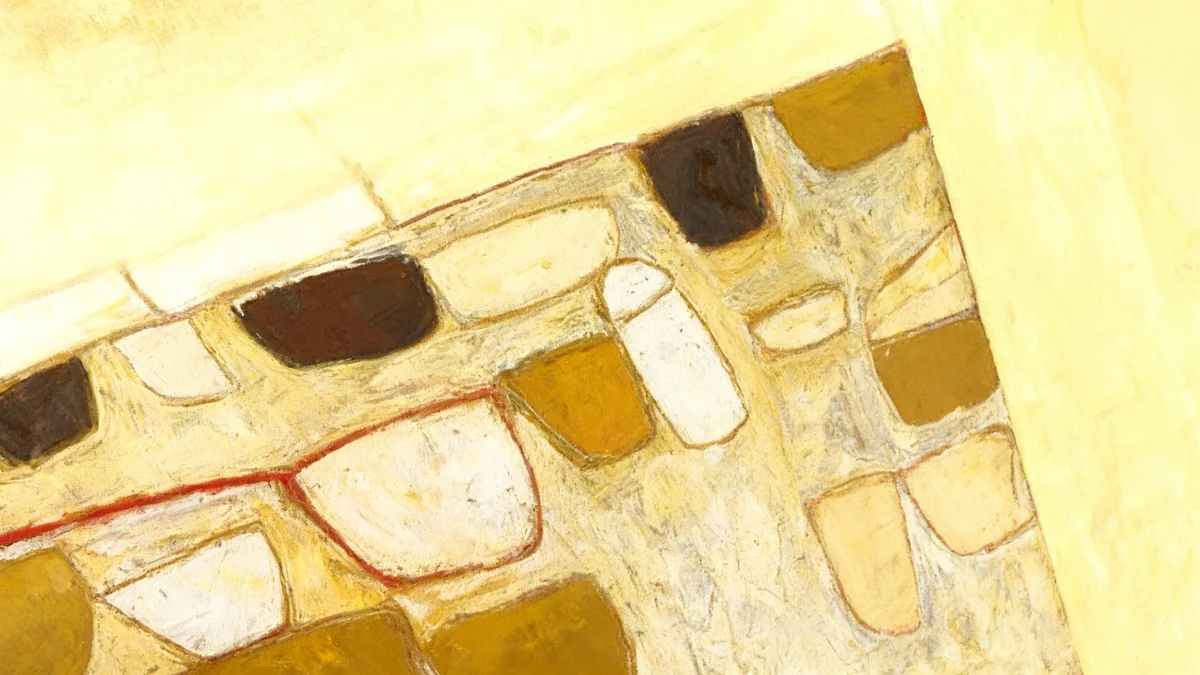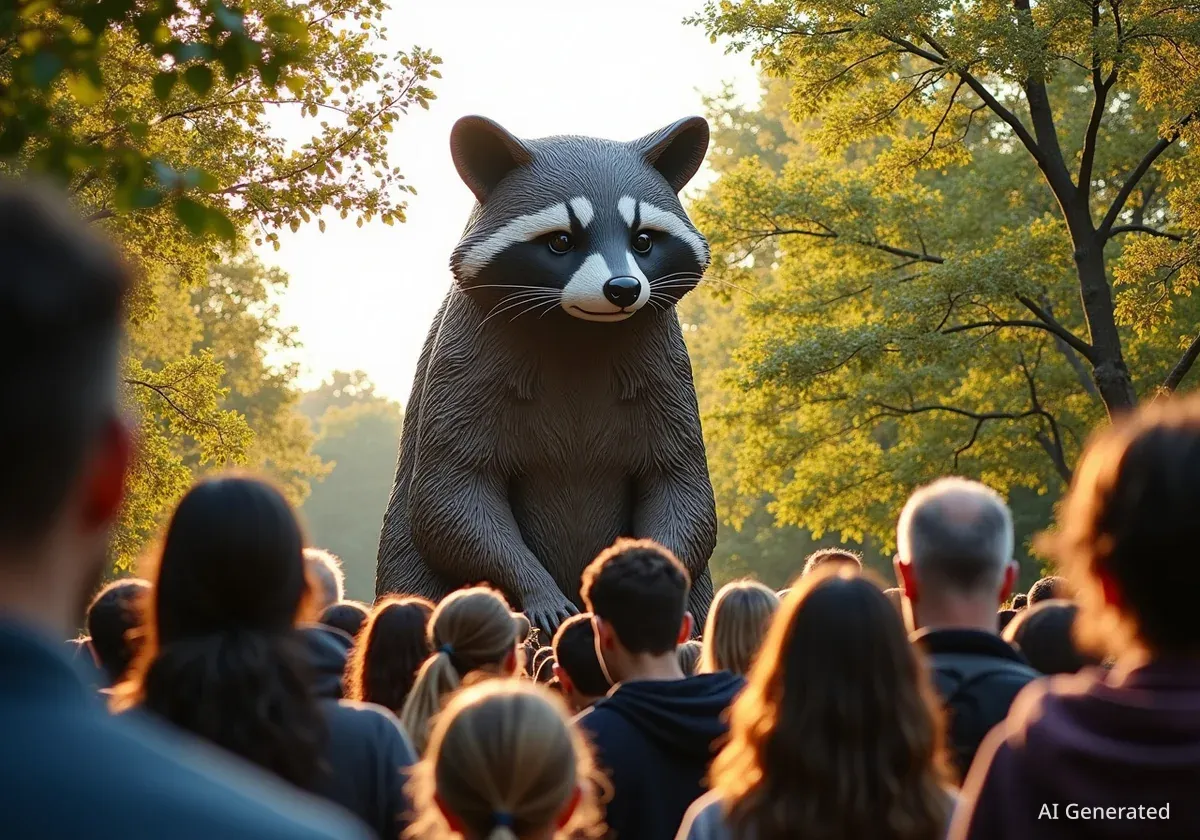The unique collection from Leila’s Hair Museum in Independence, Missouri, featuring thousands of pieces of human hair art, is now being distributed to museums nationwide. This rehoming follows the death of the museum's founder, Leila Cohoon, at age 92 last November. Her granddaughter, Lindsay Evans, is overseeing the process, ensuring the historical artwork finds new homes in cultural institutions.
The collection includes intricate wreaths, jewelry, and other art forms crafted from human hair, some dating back a century or more. These pieces represent a Victorian-era tradition of memorializing loved ones and documenting family histories through hair art.
Key Takeaways
- Leila’s Hair Museum collection, over 3,000 pieces, is being rehomed.
- The collection includes century-old human hair wreaths and jewelry.
- Founder Leila Cohoon passed away at 92 in November.
- Granddaughter Lindsay Evans is managing the distribution to museums.
- Notable recipients include the Metropolitan Museum of Art and the National Museum of Women in the Arts.
A Legacy of Unique Artistry Finds New Homes
Leila Cohoon spent approximately 30 years building her museum's extensive collection. Her passion for hair art began in 1956 when she discovered a gold-framed piece of hair art in an antique store. This initial find, intended to be a simple purchase, sparked a lifelong dedication to preserving this unusual art form.
According to Lindsay Evans, her grandmother's first acquisition of hair art was costly in a way, as it led to the creation of the entire museum. This single piece served as the catalyst for a collection that eventually filled a former car dealership building in Independence, Missouri.
"Every time I come here, I feel her here," Evans said on Monday, October 6, 2025, during a tour with representatives from the National Museum of Funeral History. "This place is her. And so I feel like this process of rehoming her collection has helped me grieve her in a way that I didn’t even realize I really needed."
The Art of Hair: A Historical Perspective
Hair art reached its peak popularity in the mid-1800s. During this period, women often coiled the hair of deceased family members into jewelry as a form of remembrance. They also wove the curls of living loved ones into elaborate wreaths, telling family stories through these intricate designs.
Historical Context of Hair Art
The practice of creating art from human hair dates back centuries, becoming particularly prominent in the Victorian era. It served as a sentimental and tangible way to honor family members, both living and deceased, before photography became widespread. This art form often involved meticulous weaving, braiding, and shaping of hair into decorative items like wreaths, brooches, and watch fobs.
By the 1940s, the popularity of hair art had declined significantly. The rise of photography provided a new, more accessible method for capturing memories. Furthermore, Evans notes that this art form was largely created by women, leading to its underrepresentation in larger museums.
Collecting a Neglected Art Form
Leila Cohoon played a crucial role in saving many pieces of hair art from being discarded. As a hairdresser, she recognized the historical and artistic value of these items. She wrote a book on the subject and taught classes, training a new generation of artists in the craft.
Cohoon frequently haggled with antique dealers for the elaborate frames that housed the hair art. Often, dealers would offer to remove the hair, considering it undesirable. "And she’d say, ‘No, no, keep that in there,’" Evans recounted. Cohoon would then provide her business card, asking dealers to notify her of any other hair art they encountered.
This proactive approach led to a vast expansion of her collection. Dealers from across the country began contacting her. "If it had hair, she got it," Evans stated, highlighting her grandmother's dedication.
Collection Highlights
- A wreath containing hair from every woman in the League of Women Voters from Vermont in 1865.
- Two crescent-shaped wreaths made from the hair of two sisters who entered a convent.
- Jewelry memorializing individuals, including a pin with hair from a 7-year-old girl who died in 1811.
- Pieces rumored to contain hair from past presidents and Marilyn Monroe.
- One piece even includes taxidermy elements.
Celebrity Interest and Valuation
The unique nature of Leila’s Hair Museum drew attention from various celebrities over the years. Actress and comedian Phyllis Diller donated a family hair wreath to the collection. Television personality Mike Rowe featured the museum on his show "Somebody’s Gotta Do It."
Heavy metal musician Ozzy Osbourne also visited the museum. During his visit, Cohoon reportedly snipped a lock of his hair, though Evans has not yet located it within the collection. The museum's eclectic appeal attracted a diverse range of visitors, all curious about this forgotten art form.
While Leila Cohoon kept the exact amount she spent on her collection private, Evans estimates the total worth of the art pieces could exceed $1 million. This valuation underscores the historical significance and rarity of the items.
The Future of the Collection
The process of rehoming the collection is ongoing. The National Museum of Funeral History in Houston recently acquired approximately 30 pieces. Genevieve Keeney, head of the Houston museum and a licensed mortician, expressed enthusiasm for the acquisition.
"I always felt it was important to educate people about death," Keeney said, emphasizing the role of such artifacts in helping people understand grief and mortality. "Our society does such an injustice on getting people to understand what the true emotions are going to feel like when death happens."
Major institutions like the Metropolitan Museum of Art in New York and the National Museum of Women in the Arts in Washington, D.C., are also receiving parts of the collection. This widespread distribution ensures that a broader audience can experience and learn about this unique historical art form.
Lindsay Evans acknowledges the emotional challenge of dismantling her grandmother's life's work. "I want people to see all of this because that’s what she wanted," Evans stated. "But when this is empty it’ll break my heart a little bit." The rehoming is a tribute to Leila Cohoon's dedication and a way to continue her legacy of preserving and sharing hair art with the world.




